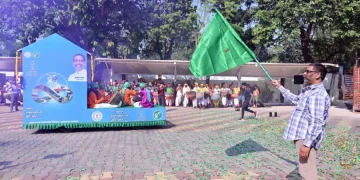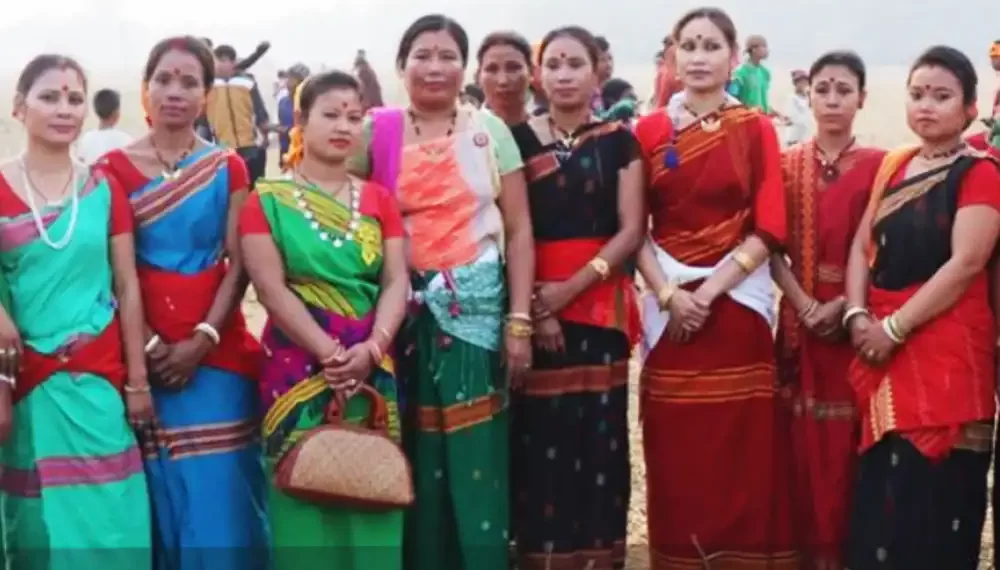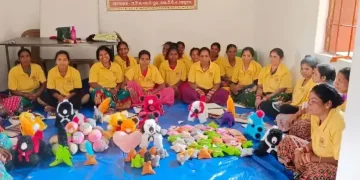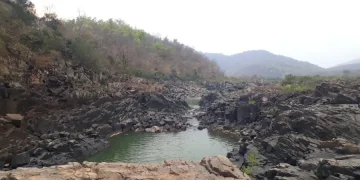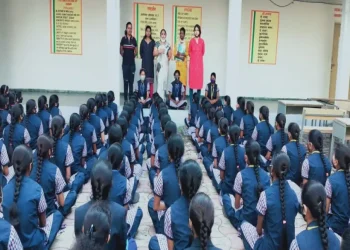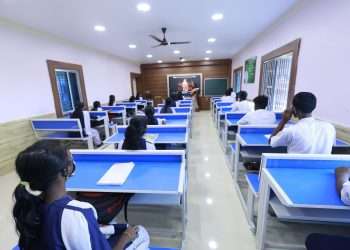Guwahati
Tribal folklore is strongly connected to Mother Nature and there is an exhaustive mythology based on her. All the tribal groups have myths woven around water, earth, forest, animals, birds and the Sun and Moon.
The Bodo Kachari creation myth of Lord Anan Gosai-Binan Gosai, the Karbi myth of Keplang, the Dimasa myth of Arikhidima along with various legends, numerous folktales and songs and ballads carried forward by the tribal communities from generation to generation are veritable testimonies of this tradition.
Hindu mythology has been a great influence on the religio-cultural heritage of the state and the stories of Ramayana and Mahabharata have been a perennial favourite among the tribal communities too.
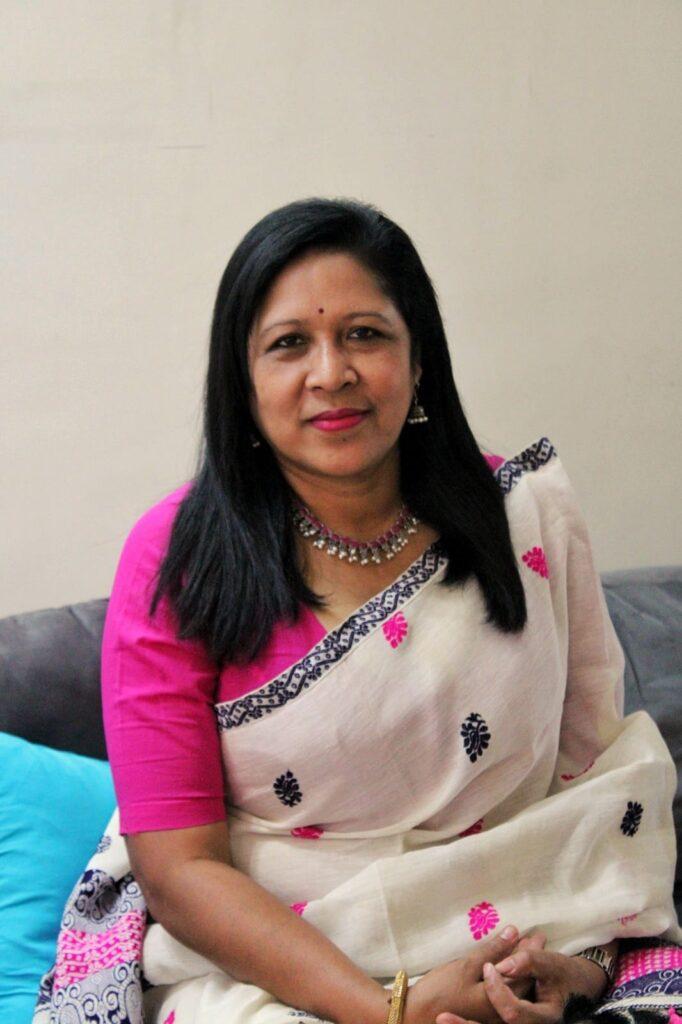
“A few tribes have their own versions of the Ramayana, the most significant among them being the Sabin Alun — the Karbi folk epic. Further, various tribes mirror a remarkable similarity in terms of their oral narratives and the patterns of the myths regarding the creation of the world,” Dr Pallabi Borah, Assistant Professor, Department of Folklore Research, Gauhati University, tells The Indian Tribal.
Elaborating on the connection of Assamese tribal folklore with Mother Nature, Dr Borah elaborates, “Ceremonies like Bas Puja or the Hudum-deo Puja of the Koch Rajbongshis are essentially exotic rituals associated with Nature. Bas Puja is a fertility ceremony centering on a bamboo, which is considered to be a phallic symbol. The narrative songs sung at this ceremony recount stories about the birth of different species of bamboo, the wild hemp, cotton and flower among others.
“The rites and songs of the Bas-puja are basically the men’s preserve and many non-narrative songs are erotic in content and some even verge on the obscene,” she maintains.
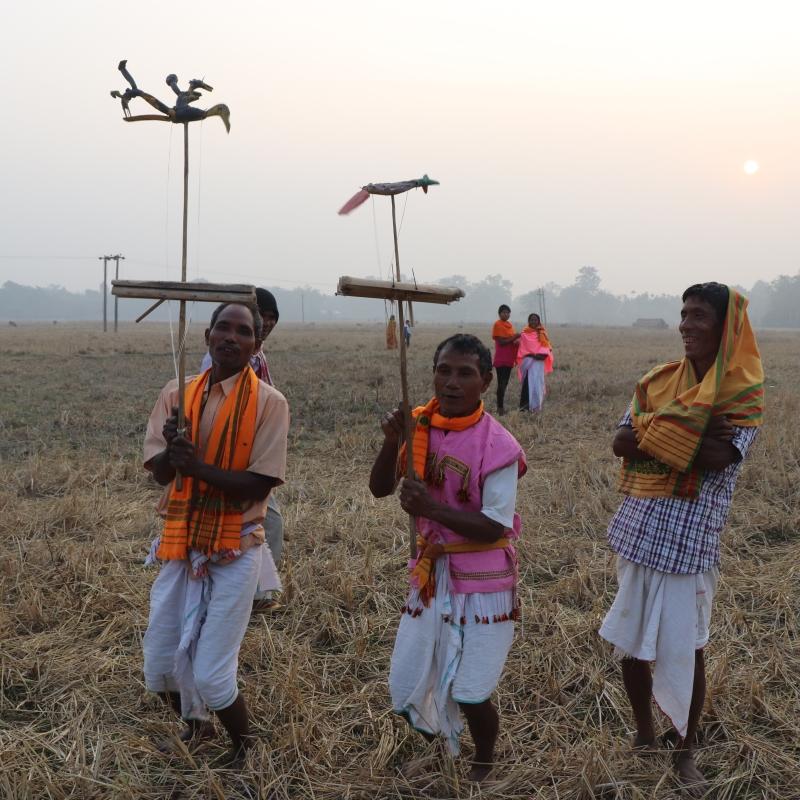
“The Hudum Puja (to appease the rain-god Hudum Deo) is performed by the womenfolk at the time of droughts with secret and exclusive rituals that include not only the singing of obscene songs but even erotic dances (in the nude) in a bid to invoke the Rain God,” Dr Borah explains.
All other tribes have customs and rituals associated with Nature and oral narratives and ceremonies that are connected with the elements of Nature.
Incidentally, the tribal communities of Assam have a very rich legacy of oral traditions and it is difficult to ascertain which community has the maximum of it. Some of them are rich in ballads, some in folk epics, while some others are rich in folk songs.
Dr Borah informs, “In Dimasa, for example, we have the ballads of Disru, Kamaladevi, Dhansiri, Belsiri and Subansiri. The Karbis have the ballads of Haimu and Rangsina, while the Sonowal Kacharis have the ballad of Haidang.”
Moreover, most of the tribal groups have their spring festivals similar to Bihu and all of them have their own songs sung in celebration of these festivals. “The Bodos, the Misings and the Rabhas are particularly rich in various types of folk songs. Then there are innumerable folktales, riddles, myths and legends among all the tribes, many of which are yet to be collected or documented,” shares Dr Borah.







